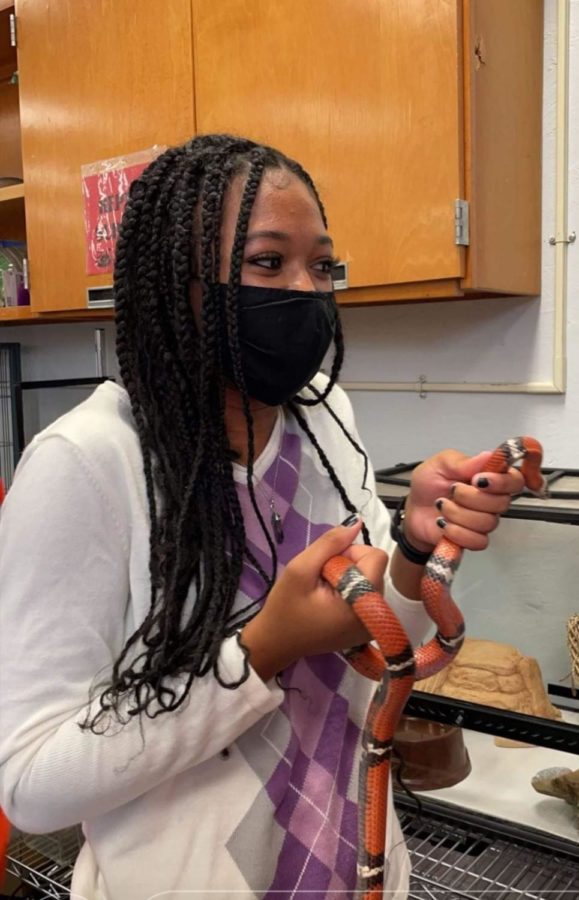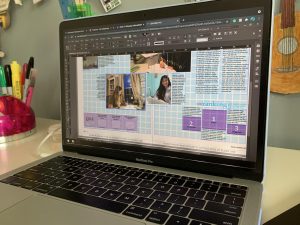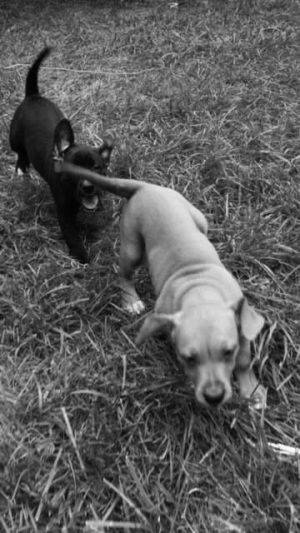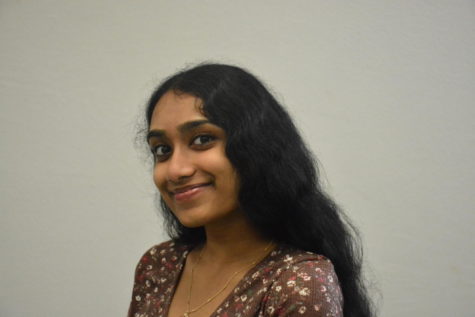Academy prepares veterinary science students for workforce
Photo provided by Naomi Daniels
On Oct. 15, junior Jazmine Campbell handles Kizzy the milk snake and makes sure she is fed and her cage is clean.
December 22, 2021
The employment of veterinary technologists and technicians is projected to grow 19% from 2014 to 2024, according to iCEV Online. With the increased interest in the veterinary field, the veterinary science class trains students interested in careers such as animal scientists and veterinarians for post-secondary life.
“It is important to have a veterinary science class at Chantilly as it is fundamental for preparing students interested in a veterinary-based career in the future,” freshman Loki Anderson said.
In a double-blocked structure with one class on A-days and another on B-days, the class consists of collaborating on many projects, such as microscope labs, and cleaning equipment in addition to note-taking during lectures. Once the two-year program is completed, each year having two classes, students can receive their Workplace Readiness Skills certification exam at the end of year.
The [veterinary science] class is for any student who wants to learn about animals and is prepared for hard work,” veterinary science teacher McGlensey Antonucci said.“Every student is expected to properly care for the animals.”
In addition, the students participate in labs that focus on fecal analysis and surgical preparation.
A large portion of the class consists of managing the cleanliness of the room. For example, they disinfect the room, instruments and equipment three times a week.
“Cleaning, antiseptic techniques and laboratory procedures are all crucial to ensure both students and the animals’ safety when working with them,” Antonucci said.
The class also works with animals such as guinea pigs, rats, snakes, geckos and tortoises,this includes cleaning their cages, feeding and monitoring them. In addition, the class also engages in ‘grooming days,’ where students clean dogs once a week. Grooming days are a personal favorite for junior Naomi Daniels who bathed, trimmed and shaved a poodle with ease.
“Thankfully, the animals are all pretty used to being around people and being handled,” Daniels said. “That makes [it] about ten times easier to work with them.”
The veterinary science class visits various locations to enhance their understanding of taking care of animals. For example, the class visits the Virginia State Fair in September and the Smithsonian National Zoo each year.
“Both the state fair and national zoo are opportunities for the students to get to know each other, have fun and build relationships with animals and professionals,” Antonucci said. “The state fair allows students to interact with farm animals and converse with professionals in agriculture while the Smithsonian National Zoo gives students the opportunity to speak to professionals in the zoological career.”
Many students in the veterinary science class have engaged in local activities that pertain to their specific career of interest. Some have shadowed veterinarians and animal rehabilitators, volunteered in animal shelters or taken up part-time jobs such as dog walkers and veterinary assistants. As a kennel assistant at the Hunter’s Mills animal hospital, Daniels feeds, cleans and walks dogs.
“I’m able to take the skills and tricks I’ve learned in vet science and apply them to what I do at work,” Daniels said.
The class helps those interested in veterinary science in the future by mimicking an environment students will encounter in these occupations. For example, the class not only provides interactive experiences by working with the animals, but also provides resources for students to job shadow and participate in volunteer opportunities.
“I enjoy introducing animal career fields to students,” Antonucci said. “I am proud to see students develop and strengthen their skills for the future.”





